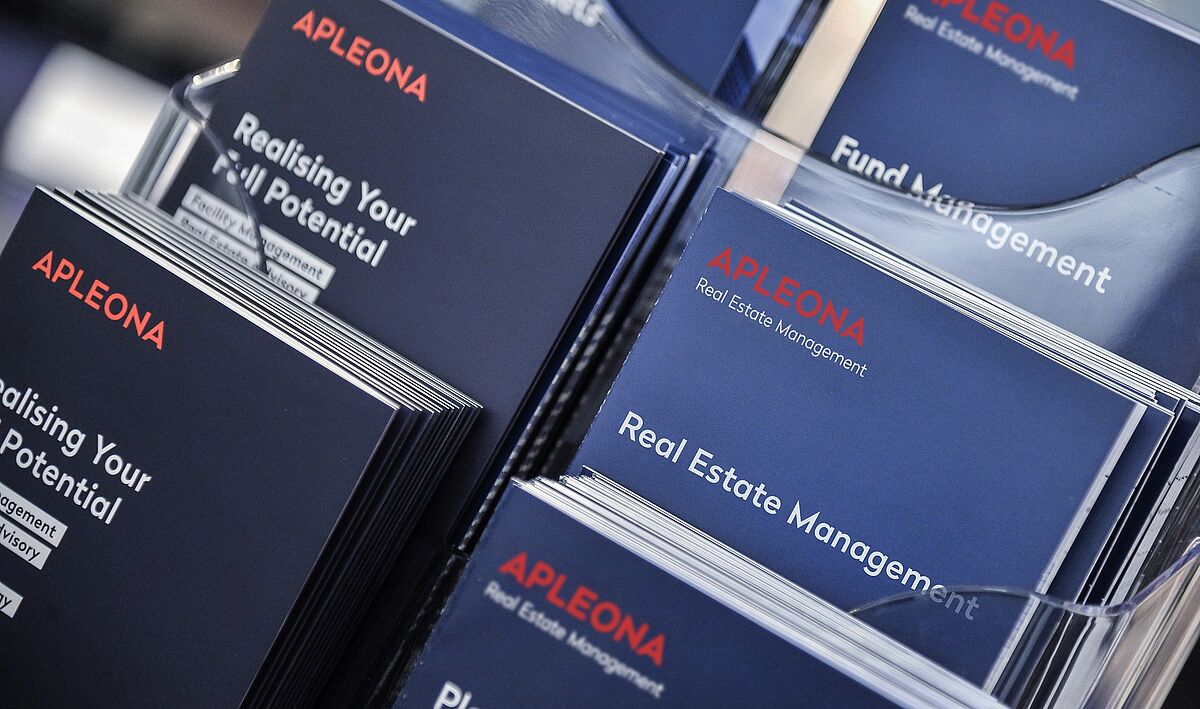The German Institute for Federal Real Estate (BImA) has commissioned Apleona to provide hard services, including the assumption of operator duties, for the headquarters of the German Federal Office of Agriculture and Food (BLE) in Mehlem, just outside Bonn. The agreement was signed on October 1, 2023, and has a term of four years with the option to extend for a further two years. This was preceded by a Europe-wide invitation to tender from which Apleona emerged victorious.
In addition to the BLE, Apleona provides hard services on behalf of the BImA for other locations in Bonn, including the Federal Court of Audit, the Federal Ministry for Economic Cooperation and Development (BMZ) and the UN Campus.
The headquarters of the BLE occupies an office district comprising six buildings located directly on the banks of the Rhine with total floor space of 34,200 m², which is mostly used as offices for the federal office’s 1,000 or so employees. Among other services, Apleona will perform inspection, maintenance and repair services for all building facilities and also operate a 24/7 troubleshooting service. Additional works or service contracts are being executed as optional special services, which currently include the installation of charging points for electric vehicles as well as flood protection services.
Energy optimization and CO2 reduction through energy audits and Enerlutec
Energy management services are a key aspect for the BImA, the client in this case. These services are being coordinated by Apleona’s central energy and sustainability competence center and implemented in conjunction with the local operations team. The aim is a long-term increase in building operation efficiency, which also entails a sustainable reduction in CO2 emissions. Central to the contract is Apleona’s own Enerlutec software, which allows a data-based analysis of total energy consumption and costs to be performed in the individual building sections. Combined with technical inspections and an engineering analysis, this allows operational malfunctions to be identified more effectively and eliminated through optimized facility management and capacity utilization. These measures also provide transparency and a data-based foundation for future investment decisions on further decarbonization of the buildings.


